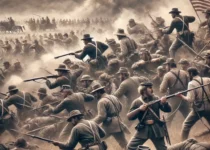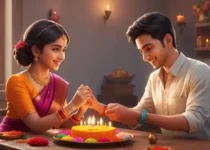Day of the Dead
Day of the Dead: A Celebration of Life and Remembrance
Day of the dead 2025 or Día de los Muertos is celebrated annually from November 1 to November 2. On these days, it is believed that the souls of the deceased return to visit their families and loved ones. This celebration is a joyful and colorful occasion where the living and dead come together to reconnect.
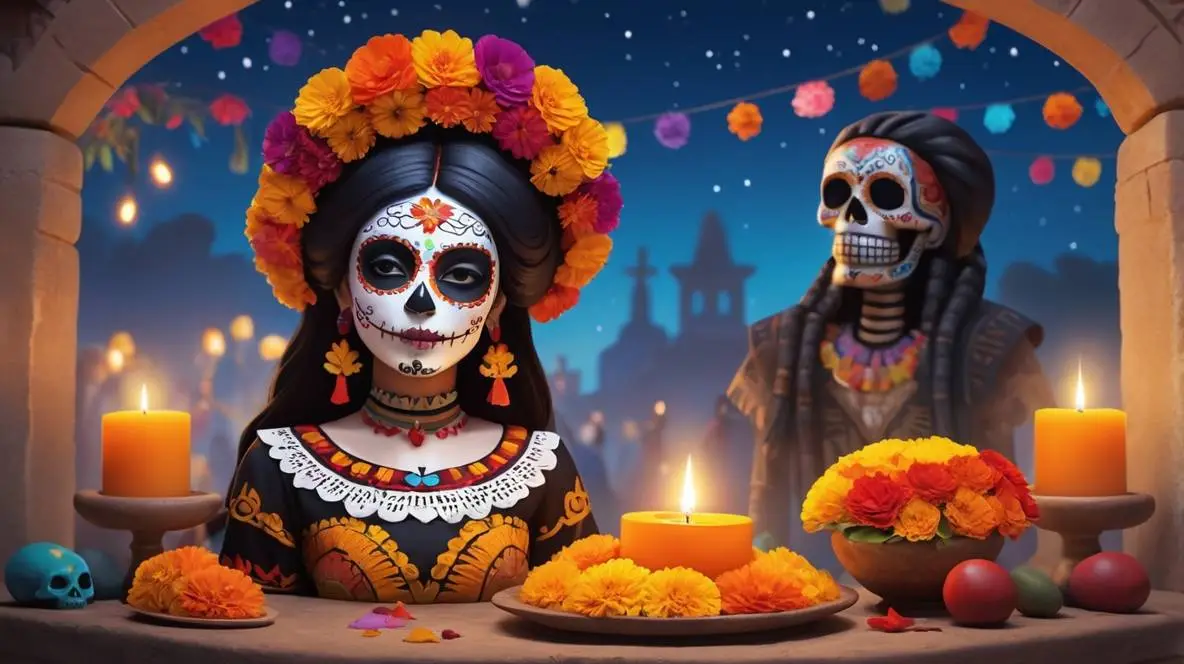
[su_box title=”Day of the Dead – Next years” box_color=”#fb0400″]
- Saturday, 01 November 2025
- Sunday, 01 November 2026
- Monday, 01 November 2027
[/su_box]
Preparations Begin Early
While the celebration occurs in November, preparations start around mid-October. Families visit the graves of their deceased relatives to invite them back to Earth. Death may seem grim, but sadness is considered disrespectful to the visiting souls. Instead, the purpose of Día de los Muertos is to celebrate the lives of the deceased and enjoy precious moments together.
Origin of the Day of the Dead: A Fusion of Cultures
Early Aztec Celebrations
The Día de los Muertos tradition dates back over 3000 years to the Aztecs and pre-Hispanic civilizations. The skull became a prominent symbol during these celebrations, beautifully decorated and used in rituals. The Aztecs worshipped the sun god Tonatiuh, believing he died each evening and was reborn each morning, paralleling their views on the human cycle of death and rebirth.
The Spanish Invasion
In 1521, the Spanish conquered the Aztec Empire, bringing Catholic missionaries who converted the locals. They celebrated All Saints’ Day and All Souls’ Day, which honored the dead. Over the three centuries of Spanish occupation, Aztec and Spanish traditions merged, leading to a shift in the date of Día de los Muertos from August to November.
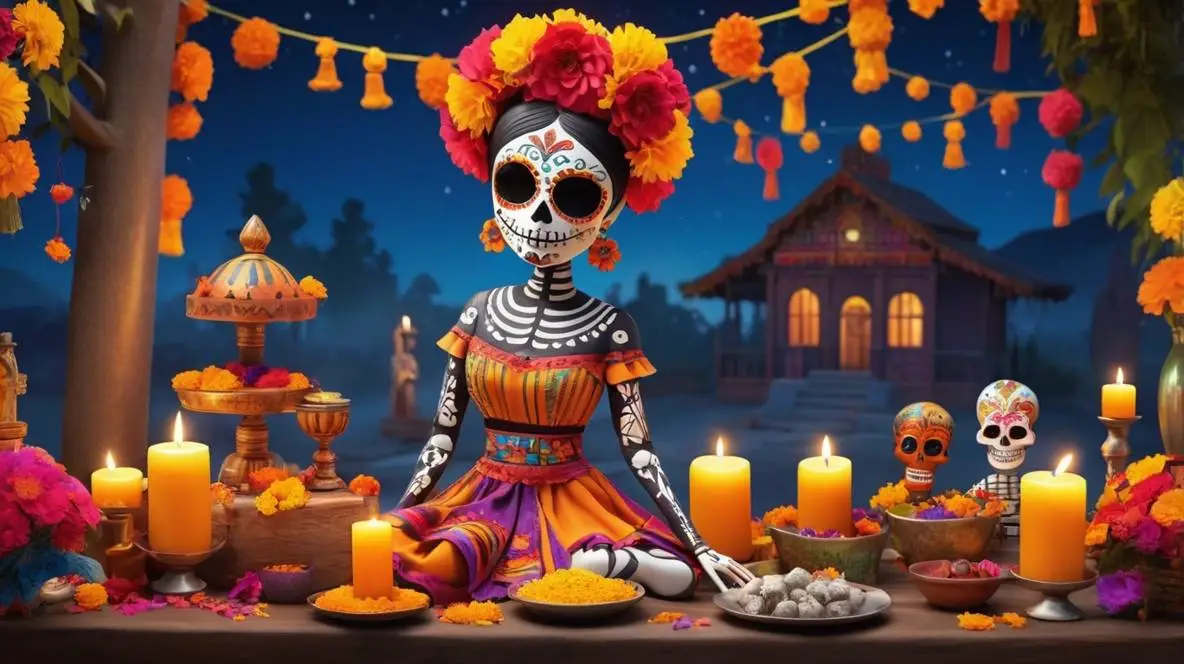
Celebration Traditions: Ofrendas, Calaveras, and More
Traditions vary by region, influenced by diverse cultures, but some common practices include:
- Ofrendas: Altars decorated with flowers, candles, photos, mementos, and skulls in honor of deceased loved ones.
- Mass Attendance: Many attend mass and visit gravesites to pay their respects.
- Festive Cemeteries: Cemeteries become bright and cheerful, filled with picnics, dancing, and singing.
- Calaveras: Skulls, which can be seen in sugar candies, face paintings, and clay decorations, are integral to the celebration.
- Marigolds: These flowers are often used to create paths that guide ancestral spirits home.
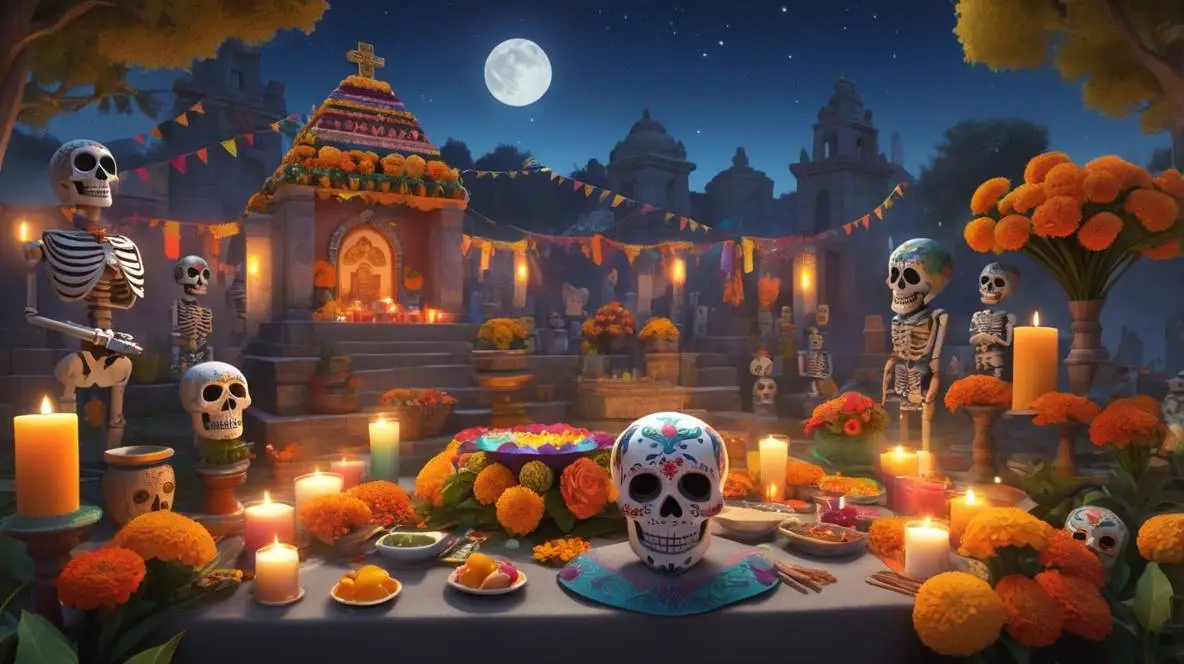
Interesting Facts
- Before the Spanish invasion, Día de los Muertos for adults was celebrated for an entire month.
- An old tradition involved tying gifts to trees, with the highest climber considered closest to their ancestors and gods.
- Many believe the village of the dead is a heavenly place free from disasters, with reversed nights and days.
- Hot chocolate is a popular beverage during this festive time.
You may also like:
- Veterans Day
- International Men’s Day
- Black Friday
- All Saints’ Day
- No Shave November
- Native American Heritage Month
- Movember
- Daylight Saving Time Ends
- All Souls’ Day
- New York City Marathon
- Iran Hostage Crisis
- Marine Corps Birthday
- World Kindness Day
- Thanksgiving Day
- Small Business Saturday
- World Toilet Day
- American Indian Heritage Day
- National Adoption Day
- America Recycles Day
